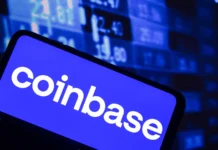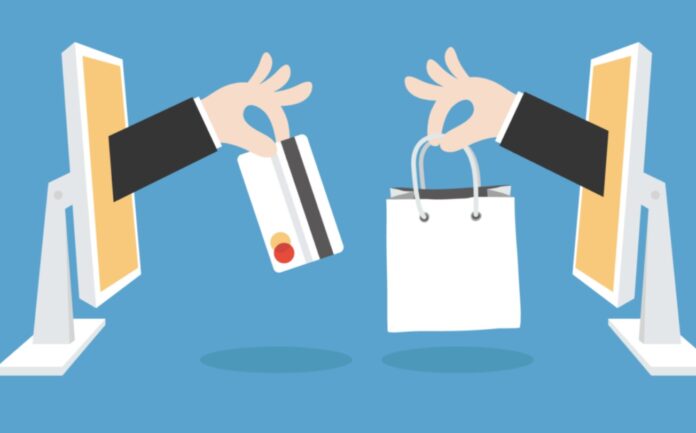
When making an online payment with your bank card, the main IT risk is phishing. This identity theft technique is used by malicious hackers to recover your bank details. Usually, these pass themselves off as a bank asking for confirmation of payment details.
By buying online, you also expose yourself to the risk of falling, as in real life, on a dishonest trader goods not shipped, customer service unreachable.
What steps can you take to improve internet security?
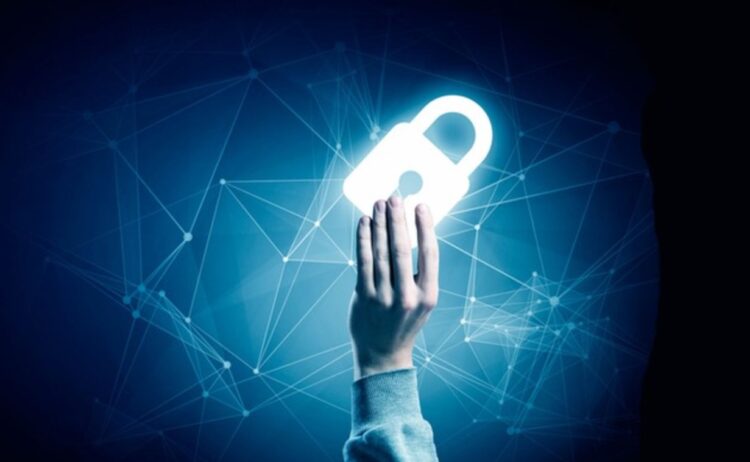
The number of attacks on private computers and in-house networks (intranets) is increasing. Unauthorized persons try to gain access to your systems in order to spread viruses there, to block your e-mail inbox with spam, to infect your systems with viruses or, in the worst case, to spy on company data or to skim off funds from business accounts as unnoticed as possible. These dangers are real and can affect anyone who goes online with their computer. However, you are not powerless against it and can defend yourself. There are special security programs that prevent spyware, viruses, or spam from spreading in your system.
It is now possible to make your end-of-year purchases in a few clicks! From the latest fashionable novel and the pair of sunglasses or the latest smartphone, anything is possible! But which stores can you trust? How to shop safely online? Click here to learn more
1. Choose double security with your bank
Two precautions being better than one, use the double payment securities now offered by most banks.
In addition to the traditional visual cryptogram (generally a three-digit code located behind your card), you can validate your online payment in a second step. Usually by entering a code that is sent by your bank just after payment.
This is most of the time a code sent by SMS that you must enter to confirm your order. Sometimes you also have to open your bank’s app on your smartphone to complete the transaction.
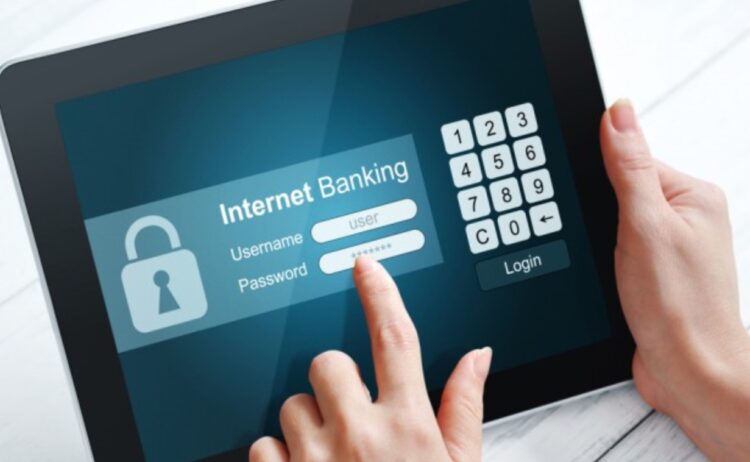
2. Make sure the page is secure
There are indeed 2 types of websites. Those whose address begins with “http: //” and those whose address begins with “https: //”.
Avoid making your purchases on “http: //” sites and do not create an account on a site when the URL begins with “http: //” because the information (password, personal information, banking information) can be intercepted by third parties (beware, this condition is necessary, but not sufficient).
In addition, never share personal information (password for example). No reliable site asks you for this type of information.
3. Beware of unfamiliar sites and too tempting offers
Sometimes some offers are too good to be true.
- Don’t fall for so-called good deals without checking the site’s reputation first.
- Read consumer ratings and reviews.
- Beware of sites that offer a significantly lower price than their competition.

4. Avoid saving your bank details
Think twice before saving your card number on your phone or computer. Some applications and some internet browsers allow you to save your details so that you do not have to type them again later.
A method not recommended by the CNIL: “these terminals are not necessarily designed to guarantee optimal security of bank data”.
5. Beware of public WiFi networks
No rush to do your shopping.
- If you are connected to public WiFi, in a café, hotel, or train station, for example, it is better not to enter your card number. Indeed, the CNIL warns, “A possible hacker can take the opportunity of a poorly encrypted WiFi to (…) intercept some of your data”.
- Wait until you are more secure, on a private network.
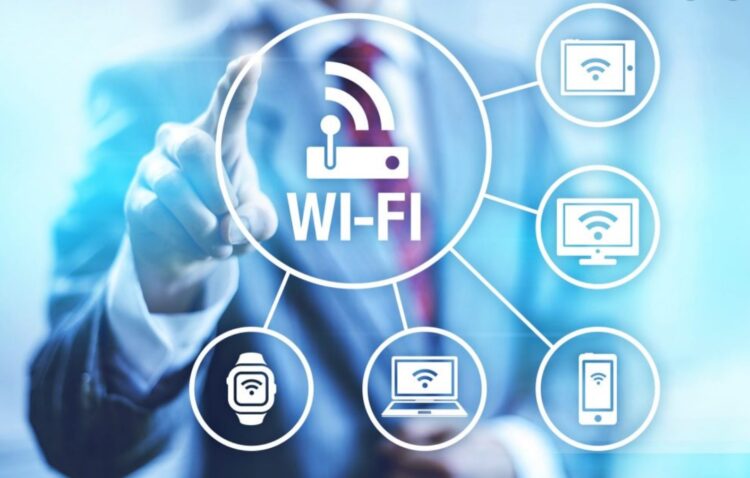
6. Ensure your overall digital security
Even beyond the necessary vigilance that you must show when shopping online, being vigilant about your digital security on a daily basis will allow you to secure your payments even more. As such, following a few basic tips can be helpful:
- Secure your computer terminal: regularly update your equipment, use anti-virus and a firewall, secure your access to wifi, etc.
- Check your online bank account regularly: to check that no questionable transaction has been made.
- Secure your passwords: vary them, reserve each of them for a single-use and create passwords that meet all the security conditions (use special characters, at least a capital letter, a number …)
- Use your email securely: read the information contained in emails carefully, do not click on attachments or links that appear questionable, etc.
7. In the event of an incident, first, contact your bank
If you notice that you have been hacked following an online purchase, first contact your bank to have your bank card blocked and then request reimbursement for fraudulent transactions or request the allocation of a new bank card.
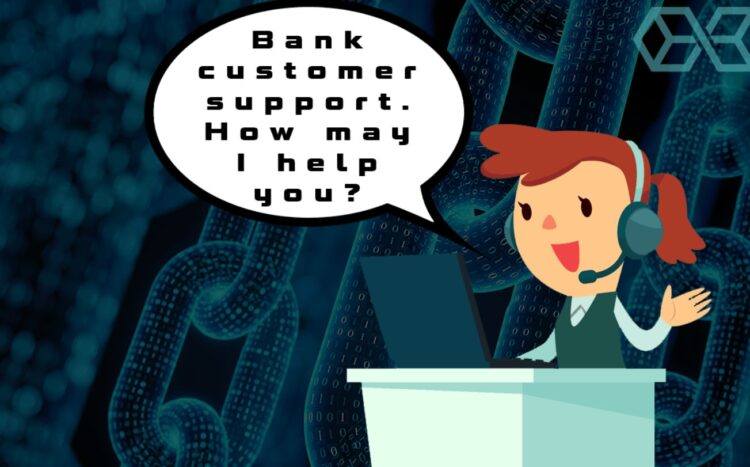
8. An internet store in order
Check that the online store complies with current regulations, it will give you a good indication of the seriousness of this virtual merchant. Online businesses must, among other things, provide clear and precise information by including the following elements:
The online merchant must also clearly mention on his site:
- the different steps to complete the sale;
- how to correct any errors made during data entry;
- the possible archiving of the contract concluded and how to access these archives if there is archiving.
9. Boycott questionable sites
Have you found an e-merchant offering very (too) attractive offers? Not so fast! Take a look at the online reviews before making any purchase.
Indeed, you can find everything on the internet: good and bad. It is therefore important to sort it out in order to avoid any bad surprises afterward. Also, it’s not just about the security of your banking information. Indeed, some sites are known to have a deplorable quality of products or services or an interminable delivery time.
If in doubt, consult the sections “who we are”, “our terms of sale”, “legal notices” and others.

10. Turn to 3D secure payment
For online payment with your bank card, it is also interesting to opt for the 3D Secure option, “Verified by Visa“. The latter provides additional security when communicating your personal details. Indeed, after providing your credit card numbers, a confirmation SMS will be sent to your mobile. It will contain a password that can be used only once and that you will have to enter on the merchant site in order to confirm your purchase.
My advice regarding this option is to make sure your bank has your current mobile number. Indeed, it would be a shame never to receive your confirmation SMS and therefore not be able to finalize your purchase.


